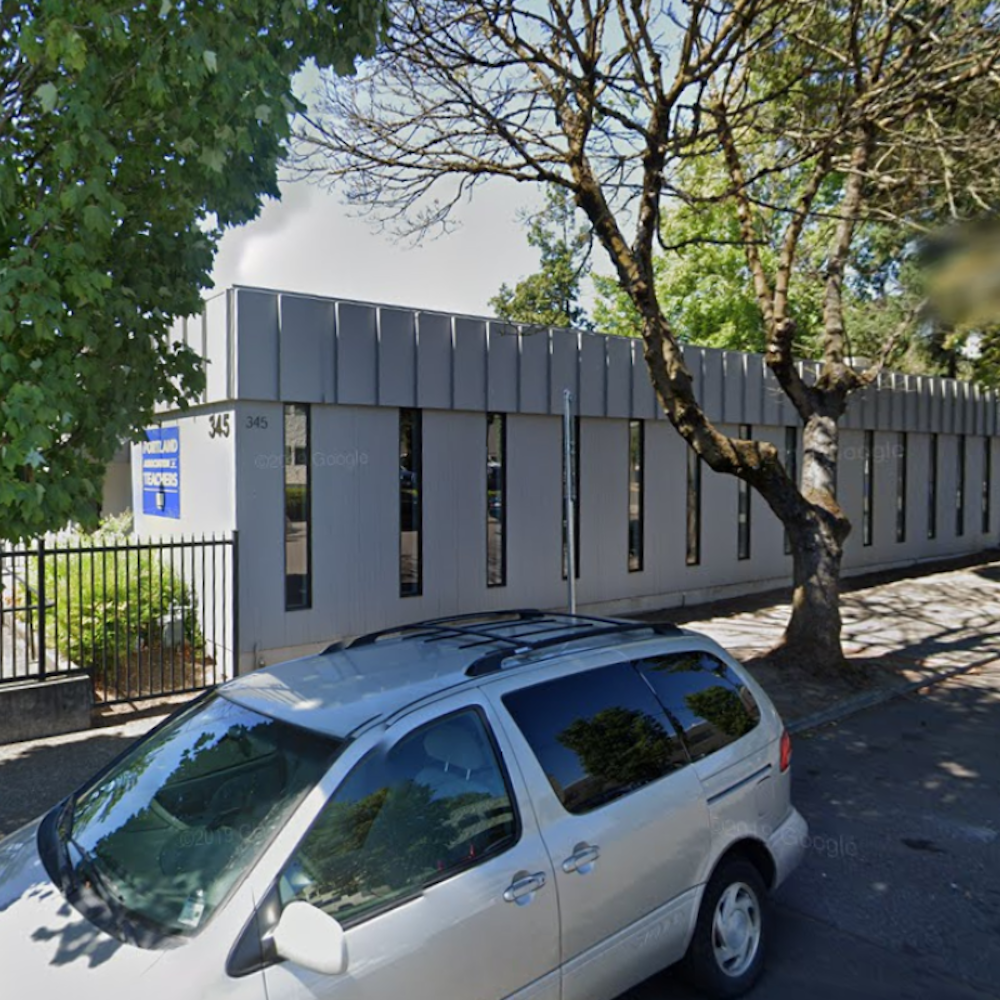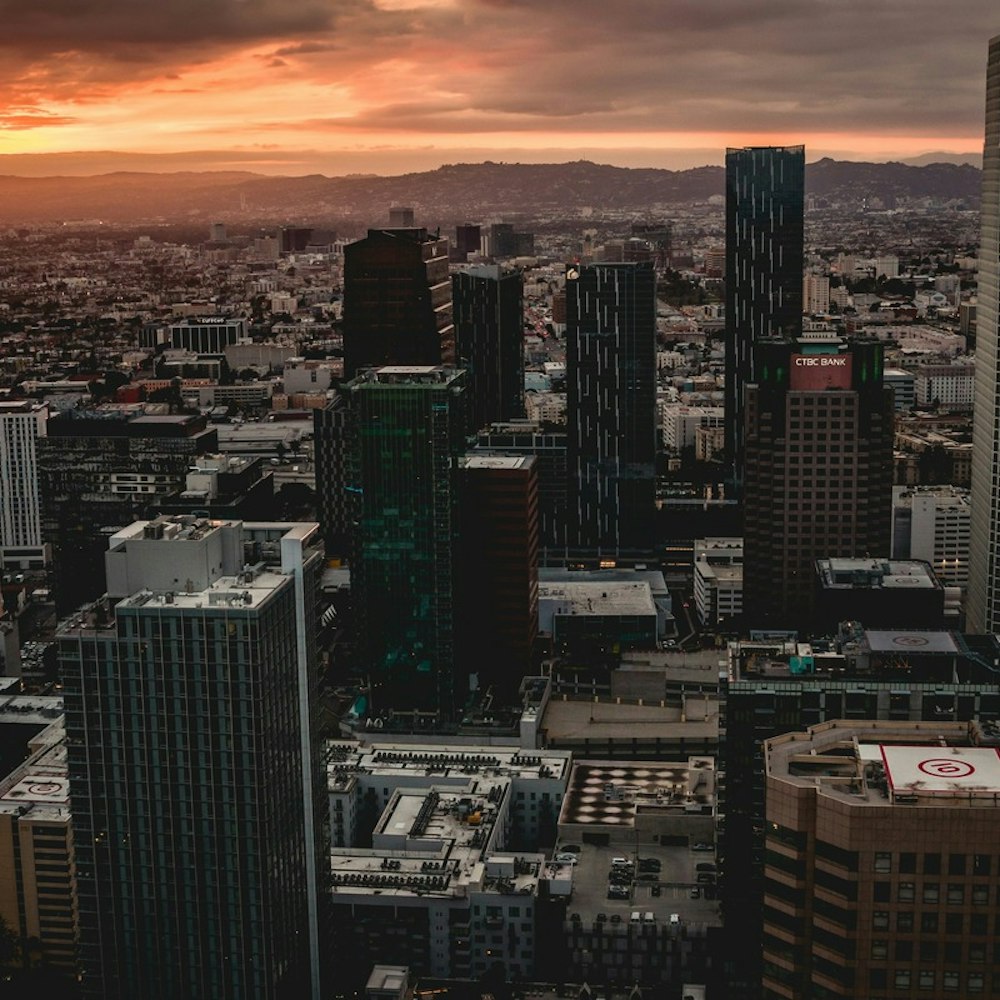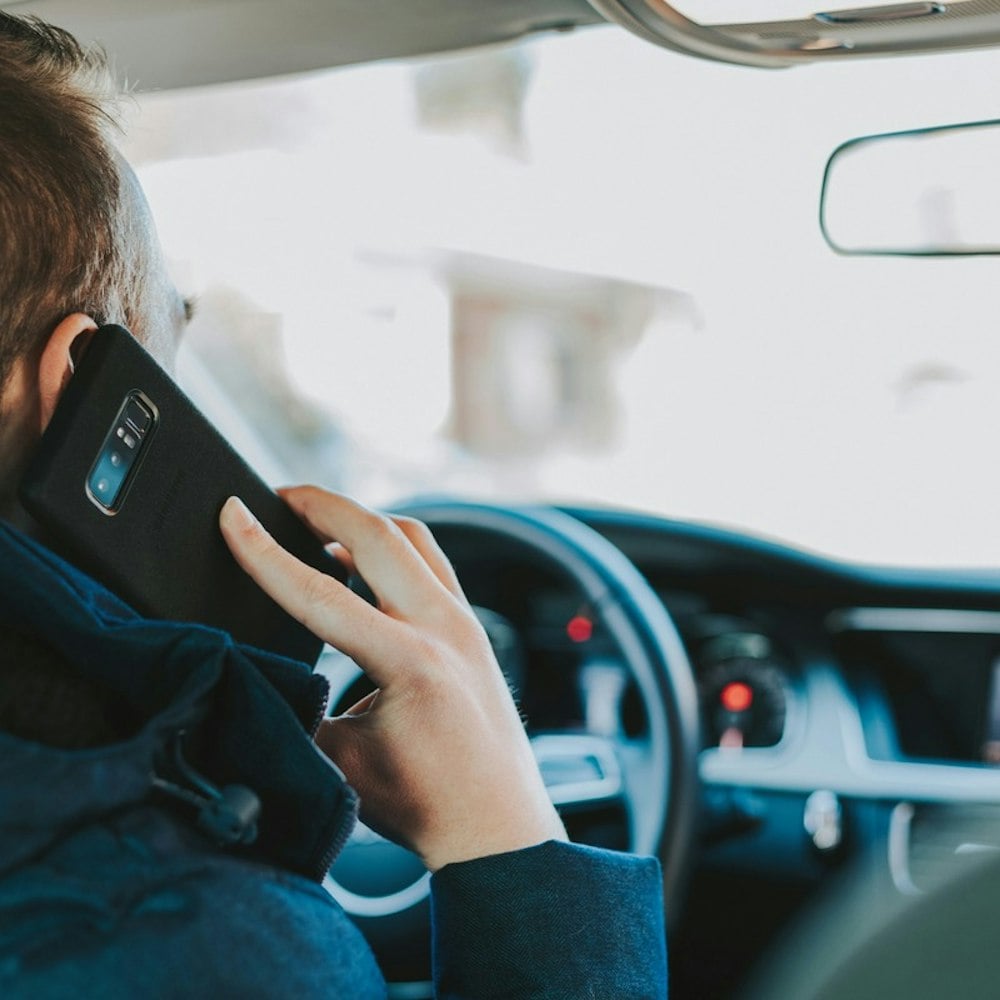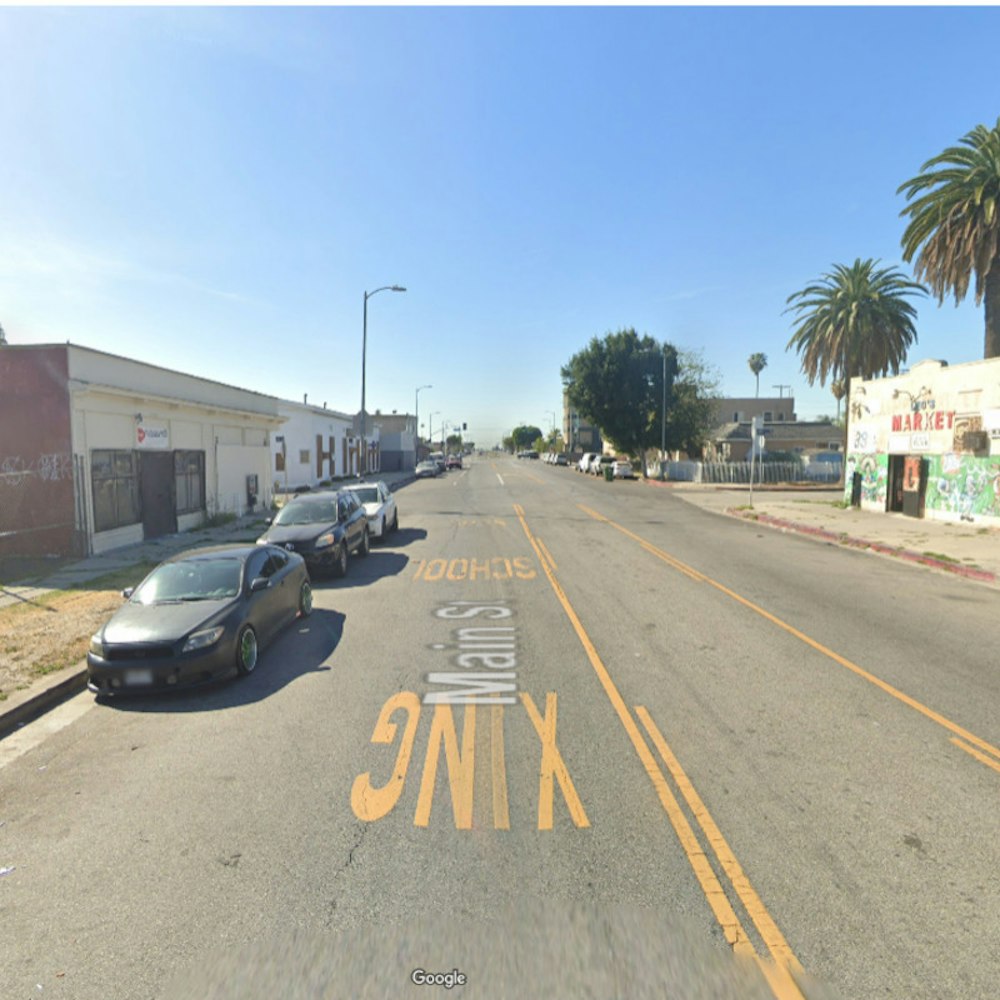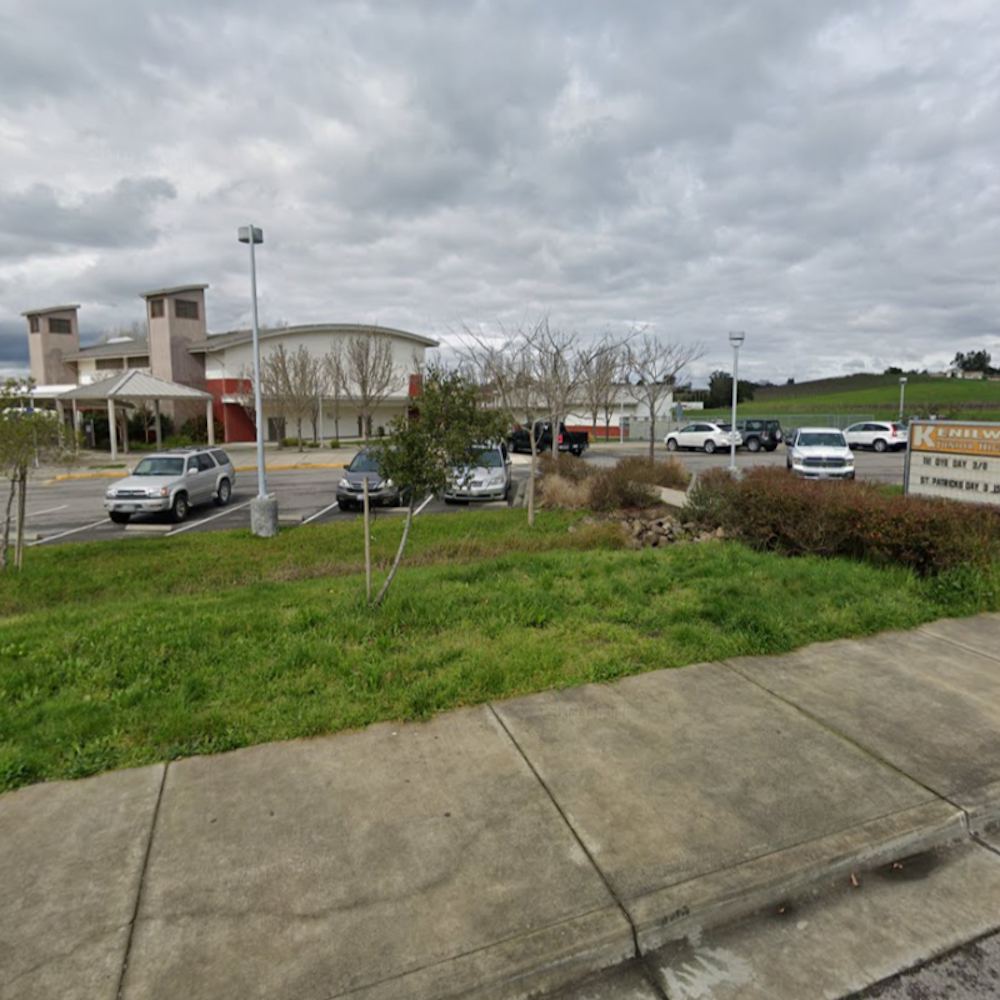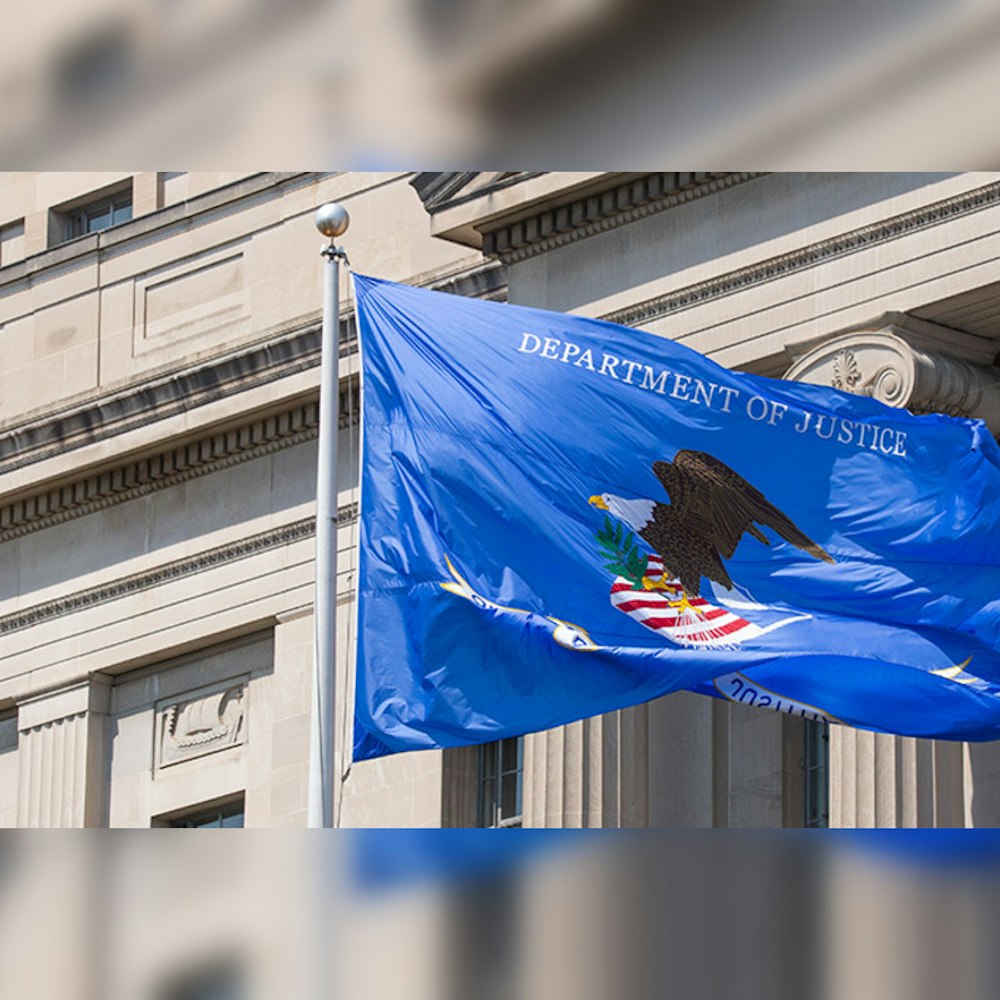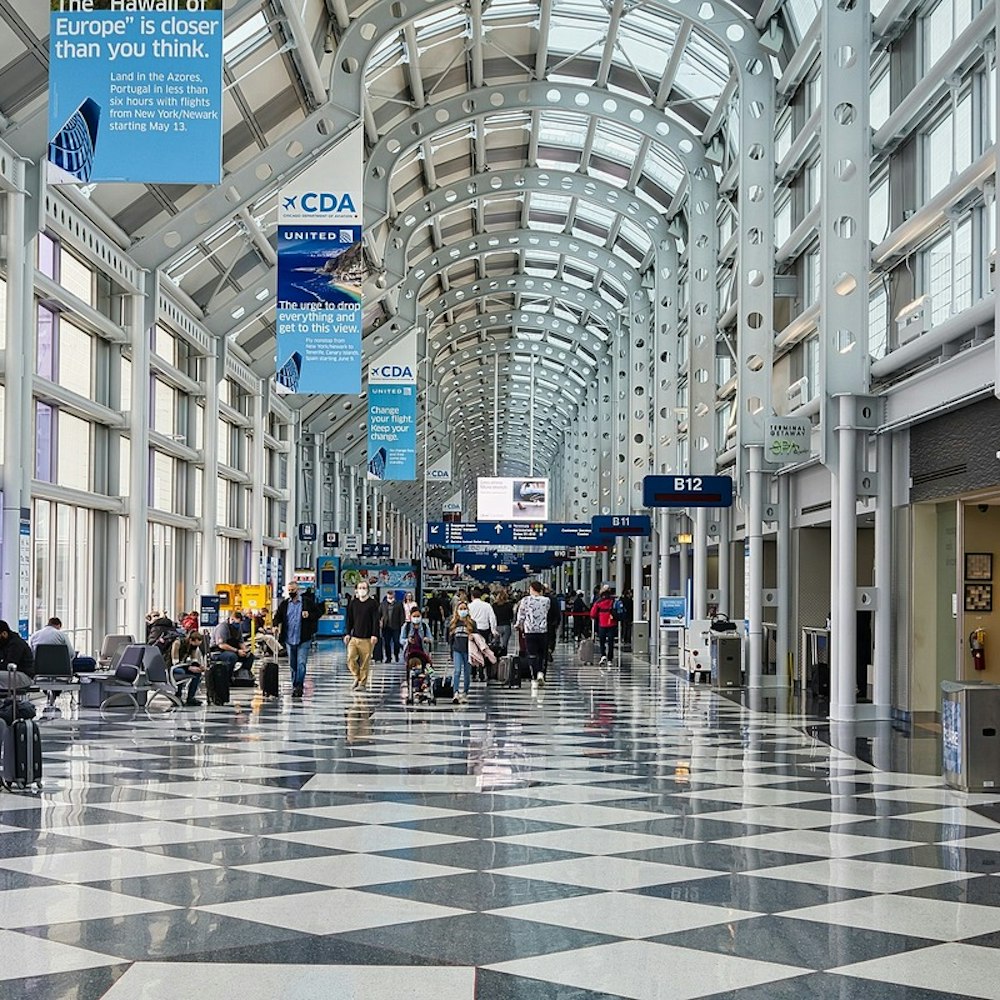
Nestled between Walgreen’s Pharmacy and Badlands on 18th Street, the GLBT History Museum has been showcasing queer history from the archives of the GLBT Historical Society for the last four years, with a patronage of more than 45,000 visitors between 2011 and 2014.
Now marking its 30th anniversary, the Historical Society was founded during the height of the AIDS crisis as a repository for queer ephemera, manuscripts, and oral histories. While the initial motivation was to provide an archive for scholarly research, in the '90s the founding members began to seek out ways in which they could share its extensive archives. As of 2012, the archives have grown to include over 5,000 posters, 4,000+ periodical titles from as early as the 1910s, 517 manuscript collections, and over 80,000 photographs.
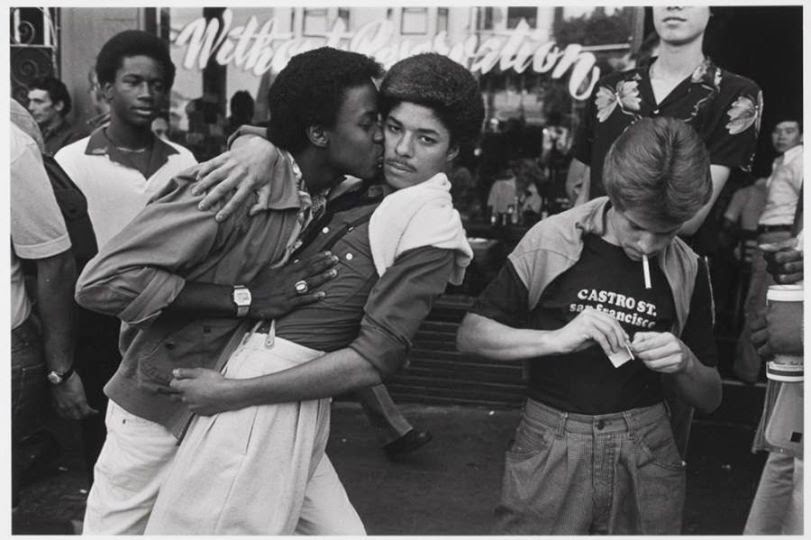 The 1980 Castro Street Fair. (Photo: Paul Fusco, courtesy of GLBT Historical Society)
The 1980 Castro Street Fair. (Photo: Paul Fusco, courtesy of GLBT Historical Society)
A mirror for the Northern California LGBT community, the museum and its organizers have remained committed to representing its breadth and diversity from inception. “At a time when there was little overlap—and sometimes open conflict— between gay and lesbian circles in many American cities, the society was cofounded by lesbian women and gay men,” noted historian Gerard Koskovich in an article entitled "Displaying the Queer Past: Purposes, Publics, and Possibilities at the GLBT History Museum."
The first exhibitions organized by the historical society’s early members were staged within the archives itself. Over time archivists began to evaluate the limitations of this in-house exhibition approach, including the limited opening hours and the proximity to the city’s queer cultural and tourism center, the Castro.
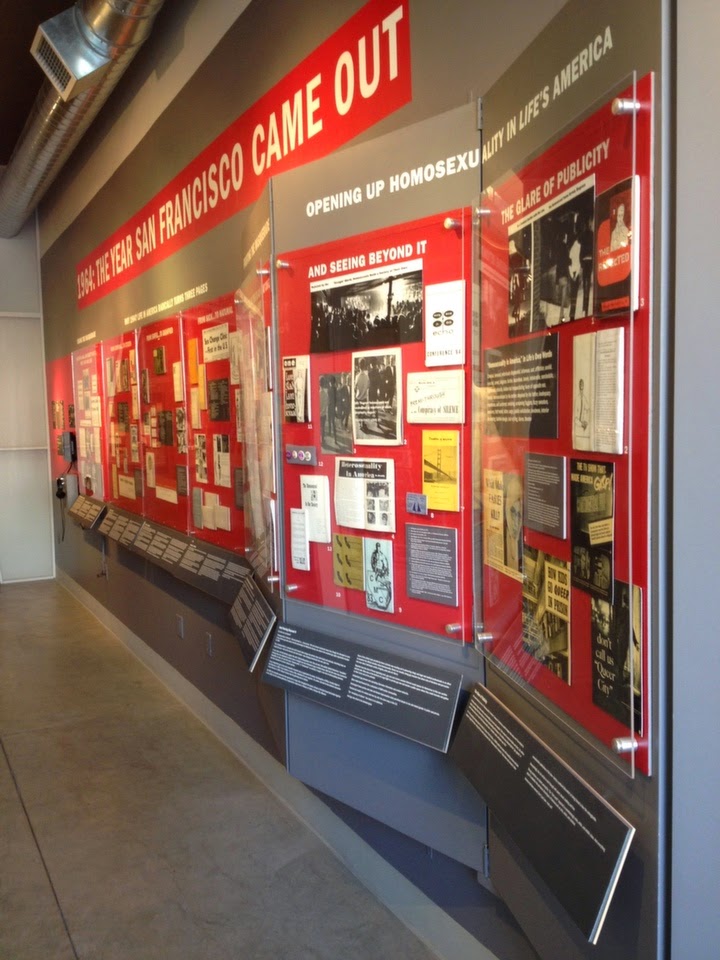
Encouraged by the city of San Francisco, in 2002 the society received a grant from the city to conduct a feasibility study to understand how and where a museum would be most apt to flourish. A few years later, coinciding with the release of Milk, the 2008 biopic chronicling the life and death of San Francisco’s most famous gay rights advocate Harvey Milk, the museum took a gamble and opened a pop-up down the street from the Castro Theatre (where the filmmakers staged the film’s world premiere).
Occupying space that was leased rent-free from a bank for a period of 11 months, the exhibition, “Passionate Struggle: Dynamics of San Francisco’s GLBT History,” was a huge success, attracting some 25,000 visitors from all over the world. Continued support from the city has been a crucial component of the historical society and museum’s success at large. In its present manifestation, the museum occupies a modest 1,600 square foot storefront in the heart of the Castro, though at-large it maintains a healthy following of over 1,000 active members, more than 20,000 Facebook fans, and a plethora of committed volunteers and benefactors.

We spoke with Paul Boneberg, the Executive Director of the GLBT History Museum, Archives, and Research Center, about the evolution of the museum over the last four years. “History is the foundation of queer community culture,” said Boneberg, when asked about the importance of LGBT history. “Queer culture precedes activism in all its manifestations and is the basis for all fights for equality. Having access to this history is vitally important.”
Boneberg also stressed the importance of recognizing the contributions of the city to make the museum and the function of the historical society possible, and to encourage and support its expansion of operations. “We encourage the community to compliment us and to complain, to volunteer, and above all, to inform us as to how we can continue to represent the community.”
 1984 Lesbian and Gay Freedom Day Parade. (Photo: Arlene Krantz, courtesy of GLBT Historical Society)
1984 Lesbian and Gay Freedom Day Parade. (Photo: Arlene Krantz, courtesy of GLBT Historical Society)
Current exhibitions speak to this ethos of cultural representation, with features ranging from a display on Jiro Onuma, the only known, out, gay adult internee at the Japanese internment camps during World War II, to "The Lesbians of The Ladder: Courage Under Attack" (Daughters of Bilitis, a small group of queer women, many of color, who founded a society for lesbians), and "History is Now: The Dragon Fruit Project", which tells stories from queer Asian Pacific Islanders.
The museum has continued to experiment with digital media and interactive displays in an attempt to capture the attention of museum patrons; the techniques are especially effective in exhibitions in the vein of “Dragon Fruit,” whose oral histories are told in compelling interviews that can be viewed sequentially and individually. Collaborative efforts between the museum and other LGBT organizations, such as the LGBT Religious Archives Network and the Queer Cultural Center Online Gallery, help to give the museum an expanded online presence to bring history to the masses.
The museum’s programs also track San Francisco's development over time. At present, it’s in the midst of a free program series, "The G Spot: Gentrification, Transformation and Queer San Francisco," which spotlights how processes of urban renovation that once helped create spaces for queer community and culture now threaten to erase their presence. You can read more about this series and get information on the remaining schedule here.
 Kokpit, a gay bar formerly located at Turk and Leavenworth appears in “Gayborhoods: Lost Queer Landscapes,” currently on view in the Main Gallery of the GLBT History Museum.
Kokpit, a gay bar formerly located at Turk and Leavenworth appears in “Gayborhoods: Lost Queer Landscapes,” currently on view in the Main Gallery of the GLBT History Museum.
Looking ahead to what’s next for the museum, Boneberg expressed optimism for its continued evolution and operational expansion. While the archive has been priced out of its existing location and is currently searching for a new home, the lease for the museum’s prime Castro location is soon to be extended for another five years.
Reflecting on the museum’s successful first four years, and in tandem with an effort to digitize and publish online much of the archives’ holdings, Boneberg stressed that a focus on special programs and educational outreach will be featured over the next five years. “We believe the experiment has been successful,” Boneberg remarked, “but we want to build on that success. One of our main priorities is to bring people on board who have more and deeper museum experience. We’re asking ourselves, ‘to what degree is the museum professional? How do you orient toward scholars or more casual visitors? How do you make the displays in a way that they are as accessible but as thorough as possible?’”

While future manifestations of the museum may not be crystal clear as of yet, the GLBT History Museum is determined to remain an important rallying pillar for the LGBT community in San Francisco and beyond and to represent the legacy of a community that spans a fluid continuum of gender identity, age, and race.
The GLBT History Museum's hours are Monday and Wednesday–Saturday, 11am-7pm, Sunday noon-5pm (closed on Tuesdays). General admission is $5 and CA residents with ID get in for $3 (members get in free). First Wednesday of the month is free for all visitors.
The museum regularly sponsors programs and events such as history talks, panels, author readings and film showings. For the latest listings, visit the GLBT Historical Society online. Docent-led group tours are available by appointment for groups of 10 or more. To book a tour, write to museum manager, Jeremy Prince at [email protected]. Tours must be scheduled at least four weeks in advance and are subject to docent availability.

